Are you preparing to launch a new WordPress website? If this is the case, you may be more concerned with the design and functionality of your website than with the content. While your website should look presentable and appealing to a specific audience, it should also serve a purpose. To accomplish this goal, your website content must persuade visitors to take action or the next step.
Because the average human attention span has shrunk to 8 seconds (less than that of a goldfish), your website copy must be compelling and actionable. Otherwise, it’s just wasting Internet space.

What is Web Copywriting?
Creating digital content for landing pages, product pages, blog posts, and everything in between is known as website copywriting.
An entertaining copy can keep your website visitors engaged and lead them to take actions that are important to you and meaningful to them.
Benefits of Web Copywriting
Web copywriting can be a powerful way for businesses to enhance their digital presence and interact with prospective clients.
Here are some of the key benefits of web copywriting:
Increased Visibility
With SEO best practices in mind, web copywriters create content optimized for search engine algorithms. This helps websites appear higher in search results when users type relevant keywords into Google or other search engines. As a result, more people will find your website organically and visit it regularly if they find what they need there.
Engagement & Conversions
Web copywriters craft engaging content that speaks directly to readers’ needs and interests. Using storytelling techniques, persuasive language, and calls-to-action (CTAs), writers ensure visitors stay on the page longer while encouraging them to take action – such as signing up for an email list or making a purchase – simultaneously.
Brand Awareness & Authority
Good web writing builds trust between brands and audiences over time by offering helpful advice or answering common questions about products/services offered by companies in different niches or industries. When done correctly, this can help businesses establish themselves as authorities within their field, leading to increased brand awareness down the line and greater customer loyalty overall.
Why Is Web Copywriting Important?
Writing for the internet is different from writing offline. This is due to two major factors:
For starters, people consume online content on a wide range of devices.
As an example:
When you write an ad for a newspaper, it will look the same to everyone who reads it.

However, online writing is different. Regarding web writing, your copy must be compatible with desktops, smartphones, tablets, smart TVs, and any other device people use to read your content.

Second, “switching costs” are extremely low online: your readers are only one click away from Facebook, YouTube, or another blog.
This means your copy must be exceptional.
And what is the key to capturing someone’s attention? Excellent web copywriting.
5 Best Ai Website Copywriting Tools
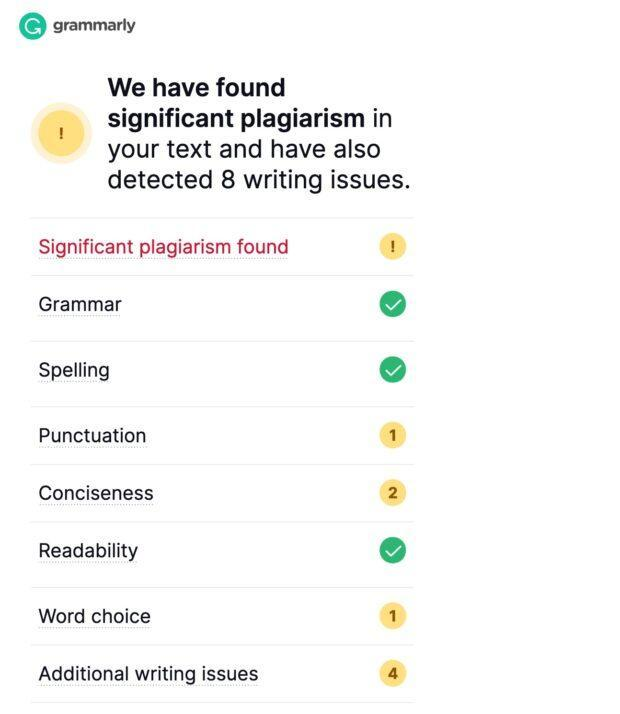
Grammarly is one of the most popular AI website copywriting tools available today, and for a good reason!
It offers a comprehensive suite of features to help you write better, faster, and more accurately than ever – from grammar and spelling checks to contextual suggestions for improving your writing style.
With its intuitive interface and easy-to-use features, it’s no wonder that so many people rely on Grammarly to get their words just right.
Whether you’re writing an email or crafting a blog post, Grammarly can help ensure your message comes across loud and clear every time!
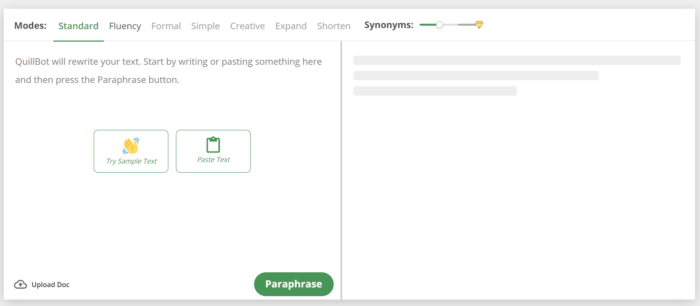
Quillbot is another great tool for those looking to improve their website copywriting skills with the help of artificial intelligence (AI).
This powerful tool uses natural language processing (NLP) technology to suggest alternative phrases based on what you type in real-time – making it easier than ever to find the perfect word or phrase without having to search through endless dictionaries or encyclopedias!
Plus, Quillbot also provides useful statistics about how often certain words are used in different contexts so that you can make sure your content is as effective as possible.

GPT-3 is an incredibly advanced AI system developed by OpenAI, designed specifically for natural language processing tasks such as website copywriting.
GPT-3 utilizes machine learning algorithms combined with deep neural networks to generate text which reads almost like human written content – complete with correct grammar usage and even some creative flair!
This makes it ideal for anyone who wants their web pages or articles to stand out from the crowd while still being accurate and well-written at all times.
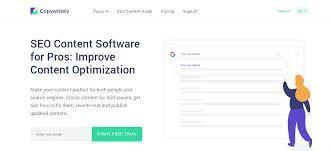
Copywritely is yet another fantastic option for AI-powered website copywriting tools – this one focuses primarily on helping users optimize their existing content by providing them with valuable insights into how readers interact with their pages after reading them through analytics data collected over time.
By analyzing things like bounce rate, average session duration, etc., Copywritely helps writers understand what works best when trying to engage visitors online so that they can craft more effective messages moving forward!
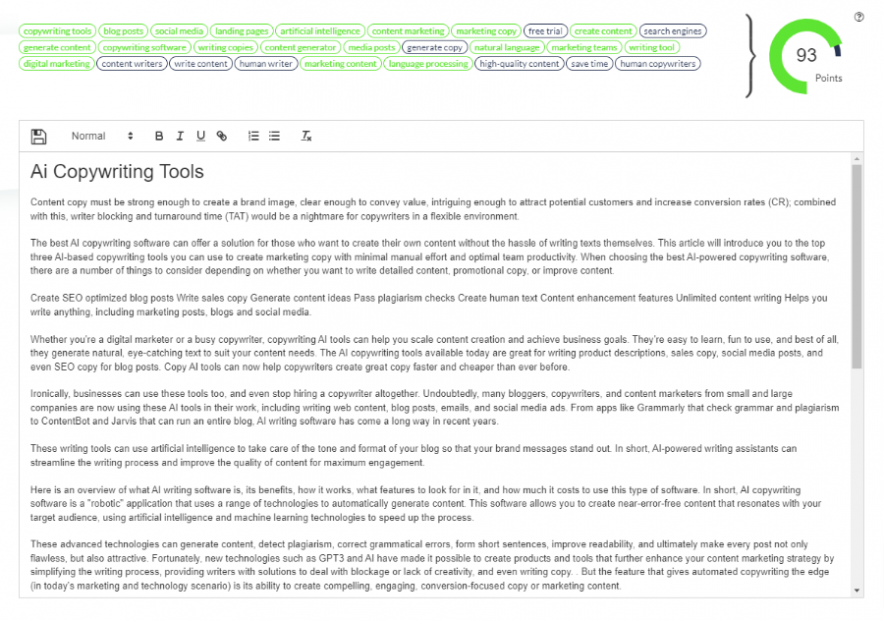
This clever little program takes a slightly different approach than similar solutions by using predictive analysis techniques instead of relying solely on NLP technology alone. It provides users with highly personalized recommendations tailored toward specific topics, audiences, industries, etc.
In addition, its “Smart Suggestions” feature also allows writers to quickly review potential changes before committing any edits – saving both time and effort down the line!
Excellent Website Copywriting Example
Website copywriting is an art form that requires a certain level of finesse. It needs to be engaging, informative, and persuasive all at the same time.
When done right, it can effectively drive conversions and sales. Two excellent examples of website copywriting are Trello and Om Som.
Trello’s website copywriting stands out for its clarity and brevity. They get straight to the point with their headline:
“Trello brings all your tasks, teammates, and tools together.” This concise statement immediately tells visitors what they offer while also hinting at how it will benefit them – by helping teams work together more efficiently.
The CTA button is also prominent on the page, making it easy for visitors to take action without having to scroll down too far or search around for information about pricing or enterprise solutions.
Om Som takes a different approach with their website copywriting – much more playful and lighthearted than Trello’s straightforward style.
Their bright colors and bold font choices create an inviting atmosphere that makes web visitors feel like part of the family from the moment they arrive on the page.
Plus, Om Som does a great job explaining why they chose their name and outlining all of their products’ features – which helps build trust between them and potential customers before any money has even changed hands!
Overall, both Trello’s directness and Om Som’s playfulness demonstrate how powerful good website copywriting can be when executed correctly; each example speaks directly to its target audience while providing enough detail so people know exactly what they’re getting into before committing further down the funnel.
Whether you opt for short-and-sweet or long-and-playful depends entirely on your brand identity. Still, either way, extra time crafting your web content can make all the difference when converting leads into paying customers!
Crafting Engaging Content for Copywriting
Crafting engaging content that resonates with your target audience and drives conversions is a skill that takes practice to master. It’s important to remember that the goal of your content isn’t just about informing but also inspiring action from readers.
“To establish a powerful connection with your readers, you must evoke an emotional response in them through your content.” Here are some tips for crafting compelling copy:
Identify Your Audience’s Interests
Before beginning to write, it is critical to identify your audience’s interests, requirements, desires, and issues. Research what topics they engage with most on social media or other channels so you can tailor your content accordingly.
This will help ensure that whatever topic you choose has maximum relevance and appeal to them.
Create Compelling Headlines
A good headline should grab attention while conveying the core message of the article in as few words as possible – usually at most 10-12 words at most. It should be creative enough to make people want to click through and read further without being too ‘clickbaity’ or misleading.
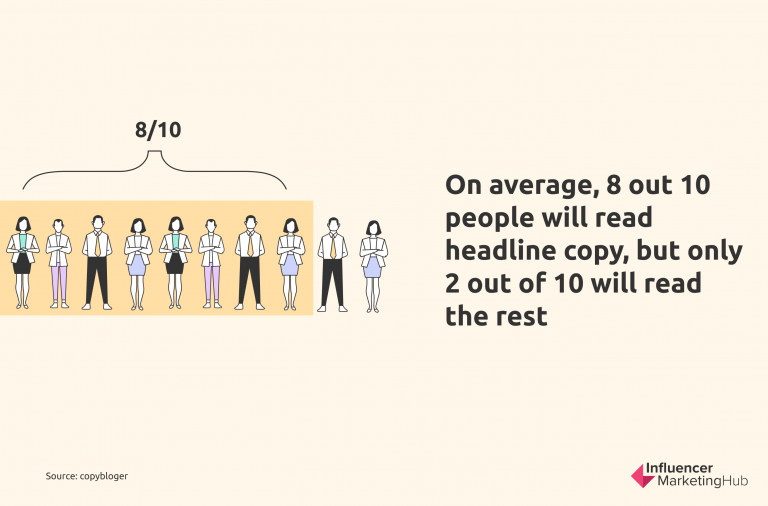
Use Visuals & Multimedia Content:
Using visuals like images, videos, or infographics helps break up text-heavy posts into easily digestible chunks, which makes it easier for readers to scan if they don’t have time (or inclination) to read everything in detail right away.
Also, consider adding multimedia elements such as audio clips or podcasts where appropriate; these can add another layer of engagement when done correctly.
Choose Your Tone Wisely
The tone used throughout your copy will play a huge role in how well it resonates with its intended audience – using overly formal language may put off some readers, while using slang could alienate others entirely. Consider exactly who will read what you write before choosing a specific style. Hence, everyone feels included regardless of their background knowledge on the subject.
Optimize Titles And Meta Descriptions
Optimizing titles and meta descriptions for SEO can boost visibility, ensuring keywords appear prominently without sounding spammy. Linking back to quality sources will improve rankings and build credibility with potential customers or clients over time.
Active voice is key here; use idioms and colloquialisms to make your copy stand out while keeping proper grammar, spelling, and punctuation in mind – no exclamation points.
SEO Best Practices
Search engine optimization (SEO) is key to creating content that ranks well and drives organic traffic. To maximize the impact of your content, it is essential to understand SEO principles and how to employ keywords strategically.
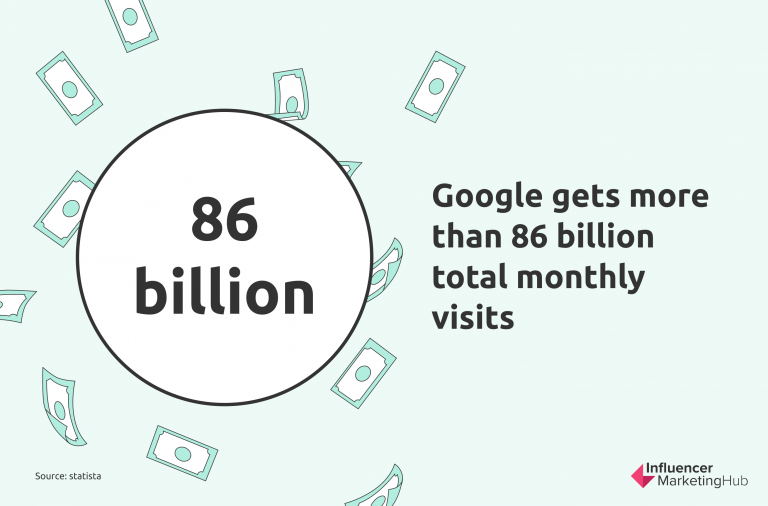
Focus on Quality
When crafting content for SEO purposes, it’s important to focus on quality rather than quantity. Google rewards pages with informative and useful information that is written engagingly. Your goal should be to create high-quality content that answers your target keyword phrases’ questions while providing readers value.
Include Relevant Keywords
You should include relevant keywords throughout your web copy so search engines can easily identify what topics are covered on each page or post. However, only stuff keywords into one piece of content as this will negatively affect its readability and rankings potential.
Use Descriptive File Names
Ensure that all images utilized boast descriptive file names containing pertinent keywords, helping search engines ascertain the topics covered within each image and thereby boosting their online visibility over time as more people begin searching for those associated with them.
External Links
Make sure any external links featured in your web copy point back to authoritative websites related to the topic being discussed – not just arbitrary sites which have nothing to do with it and could potentially harm rankings instead.
Internal Linking
Internal linking from other blog posts/pages hosted onsite can also help boost relevance signals sent out by crawlers looking at different pieces of content across multiple domains owned under one umbrella organization. This ultimately helps increase overall domain authority over time if done correctly.
Writing for Different Platforms
Writing for different platforms is essential for content marketers and web copywriters. When crafting content, it’s important to consider the audience and platform you are writing for. Different digital channels have unique rules regarding formatting, length, tone, and language used.
Desktop Users
Desktop users typically require more detailed information than mobile users, who often need quick snippets of text that can be consumed quickly on the go. For example, suppose you’re writing a blog post about SEO best practices for desktop users. In that case, include a longer list of tips and additional resources, such as case studies or infographics, that provide further detail.
Mobile Users
On the other hand, if you were creating an email campaign targeted toward mobile users with the same topic in mind, shorter sentences with fewer details would likely suffice, given the limited amount of time most people spend reading emails on their phones.
Twitter and Instagram
For Twitter and Instagram, distinct content strategies should be employed to ensure optimal engagement. For tweets, brevity is the name of the game – keep them under 140 characters and use keywords strategically.
When crafting captions for Instagram posts, you can use the longer word count (up to 2200 characters) to provide additional detail while keeping your audience engaged with snappy copywriting.
Digital Media
When it comes to digital media, the user’s experience should be a priority when creating content; this includes taking into account loading speeds (especially on mobile), font style/size (which varies between devices), and image quality/dimension for best viewing regardless of screen size.
To ensure a smooth ride for your readers, ensure you have all these elements dialed in.
Analyzing Performance
Measuring the success of your web copy is an essential part of content marketing. Knowing how well your content resonates with readers helps you adjust and optimize it for better results. Tracking
Page Views
Page views indicate how many people have visited a particular page or post on your website. If a single user visits multiple pages in one session, each view will be counted separately as a unique page view.
This metric gives you an idea of how much traffic each piece of content gets from organic search and social media shares.
Time On Page
Time on the page tells you how long visitors stay on a particular web page before leaving or navigating away from it. A high average time spent indicates that users enjoy what they read and find value in it; low times could mean that something needs to be tweaked to make them stick around longer (e.g., shorter paragraphs).
Bounce Rate
Bounce rate measures the percentage of visitors who leave after only visiting one webpage during their entire visit to your site – meaning they didn’t click through any other pages before exiting out again (or “bouncing”).
Low bounce rates generally indicate higher engagement levels since most people don’t just land on one article/page by chance; instead, they’re likely actively seeking out information related to what’s already been written about elsewhere online (i.e., via Google searches), which leads them back here.
Working with a Professional Copywriter
Utilizing the expertise of a professional copywriter can be immensely beneficial when creating content that yields conversions. Writing web copy is an art and science requiring creativity and technical knowledge. Professional copywriters are experts in crafting engaging content that speaks to your target audience while also optimizing for search engine algorithms.
Professional copywriters have experience writing for different platforms such as blogs, social media posts, emails, websites, etc. They understand which type of language works best for each platform and how to optimize messages accordingly for maximum impact.
For example, blog posts should be written differently from website pages or email campaigns since they serve different purposes within your overall digital marketing strategy.
A competent copywriter can parse performance data from multiple sources, such as Google Analytics or other tracking tools you may use on your website or landing pages, so they can make savvy decisions when altering existing web copy or creating new content.
This helps guarantee you get the most bang for your buck by producing online material that connects with readers while still driving conversions.
Conclusion
Web copywriting is a powerful tool for content marketers, entrepreneurs, bloggers, social media managers, and website owners. It can help them create engaging content to draw in their target audience while optimizing it for SEO best practices. Writing effective web copy requires an understanding of different platforms and the ability to analyze performance metrics.
For those who need the aptitude or opportunity to handle this task, it may be wise to enlist a proficient web copywriter with experience in generating superior material tailored to your requirements.
Boost your online presence and build a strong following with mindflowmarketing’s expert content marketing solutions. Our team of experienced professionals can help you create an effective strategy to drive success for your brand or niche.
Copywriter Pro: Developed by Digital Marketer Labs, this innovative software utilizes cutting-edge technologies such as natural language processing (NLP), deep learning algorithms, and predictive analytics engines to craft high-performing SEO titles and meta descriptions quicker than ever before – enabling businesses to climb the search engine rankings with content that is both optimized for visibility yet authentic enough not to raise any eyebrows among their readership.